
The difference between Cat 5e, Cat 6 and Cat 7 Ethernet cable.
In the world of wired networking, Ethernet cables are essential for connecting devices to the internet or to each other. Among these, Cat 5e, Cat 6, and Cat 7 cables are commonly used. Each “Cat” or category has different capabilities, particularly in terms of speed and bandwidth.
Cat 5e Cables
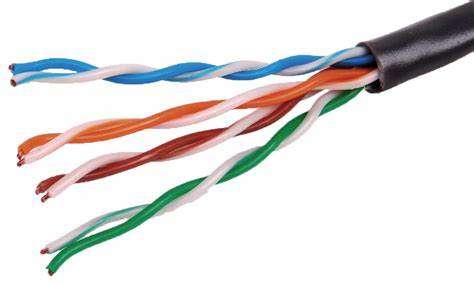
Cat 5e cables, known as Category 5 enhanced cables, are designed to deliver improved network performance over the original Cat 5 standard. Here are the specifications for Cat 5e cables:
- Performance: Up to 100 MHz of bandwidth, suitable for Ethernet over twisted pair up to 2.5GBASE-T but more commonly used for 1000BASE-T (Gigabit Ethernet) speeds.
- Conductor: Typically made of single bare copper with a diameter of 0.485mm ±0.005mm.
- Insulation: Made of HDPE with an insulation diameter of 0.85mm ±0.05mm.
- Twisted Pairs: Contains four pairs of twisted wires in the colors white-blue, white-orange, white-green, and white-brown.
- Jacket Material: Usually PVC.
- Cable Color: Often light grey.
- Cable Size: About 4.8mm ±0.2mm in diameter with a wall thickness of 0.5mm.
- Connectors: Commonly terminated with RJ45 connectors
Cat 6 Cables
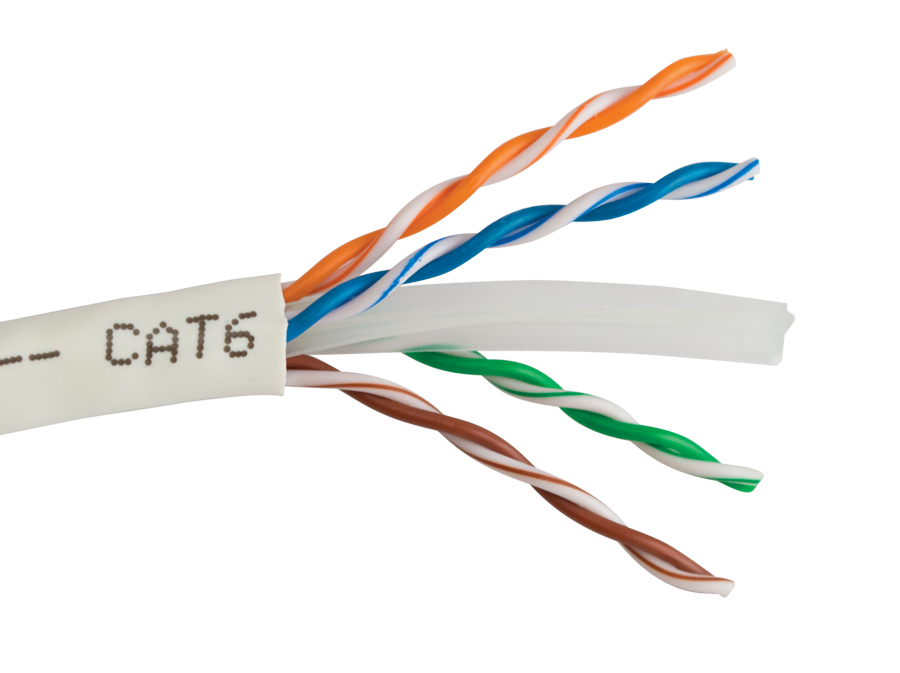
Moving up the category ladder,
Cat 6 cables, also known as Category 6 cables, are designed to support high-speed network applications and are an improvement over the previous Cat 5 and Cat 5e standards. Here are the key specifications for Cat 6 cables:
- Performance: They can handle bandwidth frequencies of up to 250 MHz, which is more than double the capability of Cat 5 and Cat 5e cables.
- Speed: Cat 6 cables support data transfer speeds of up to 10 Gbps (10GBASE-T) for distances up to approximately 55 meters (180 feet).
- Twisted Pairs: They consist of four twisted pairs of copper wire, which helps reduce crosstalk and system noise.
- Backward Compatibility: Cat 6 cables are backward compatible with Cat 5/5e and Cat 3 cable standards.
- Crosstalk: More stringent specifications for crosstalk and system noise are required for Cat 6 compared to its predecessors.
- Conductors: The conductors must be pure copper, with a wire diameter ranging from 22 to 26 AWG1.
These specifications ensure that Cat 6 cables can provide faster and more reliable network performance for both residential and commercial applications.
Cat 7 Cables
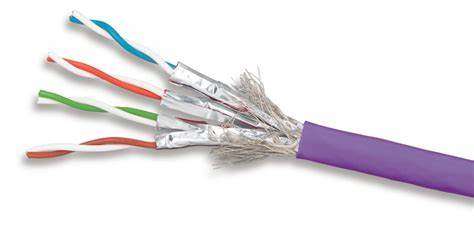
Cat 7 cables, also known as Category 7 or Class F cables, are designed for use in high-speed network infrastructures. Here are the key specifications:
- Twisted Pairs: Four pairs of twisted copper wires with both individual and overall shielding.
- Speed: Supports 10 Gigabit Ethernet networks over 100 meters of copper cabling.
- Bandwidth: Capable of a bandwidth speed of up to 600 MHz.
- Performance: High performance in terms of crosstalk, noise, and EMI protection.
- Connectors: Compatible with 8P8C or TERA connectors.
- Standards: Meets or exceeds ANSI/TIA, ISO/IEC, and Class F standards1.
These specifications make Cat 7 cables suitable for environments that require high data transfer rates and are subject to potential interference
Cat 7A
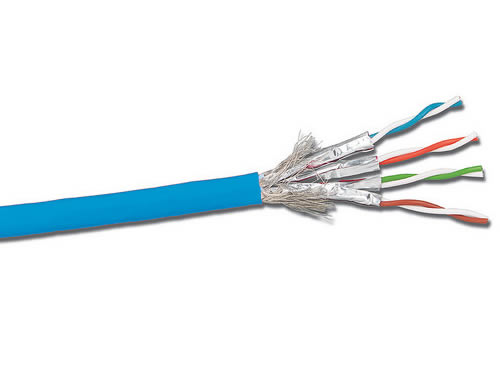
Cat 7a, also known as Category 7 augmented, represents an advancement in Ethernet cable design, enhancing the specifications of Cat 7 cables. Here are the key features of Cat 7a cables:
- Frequency: Cat 7a cables can support frequencies up to 1000 MHz, which is an increase from the 600 MHz bandwidth of standard Cat 7 cables.
- Data Rate: While maintaining the 10 Gbps data rate of Cat 7, Cat 7a cables are designed to support future 40 Gbps and 100 Gbps Ethernet speeds over short distance.
- Construction: They consist of 4 pairs of solid bare copper wires, with each pair shielded by an aluminum-polyester (AL-PET) film and an overall tinned copper wire (TCW) braid for additional shielding1.
- Insulation: The insulation is typically made of Skin-Foam-Skin Polyethylene (SFS PE), which contributes to the cable’s performance and durabilit.
- Sheath Material: Options for the sheath material include Low Smoke Zero Halogen (LSZH) for internal use and Polyethylene (PE) for external use.
- Sheath Color: The internal sheath is usually orange, while the external sheath is black.
These enhanced features make Cat 7a cables suitable for high-demand networking environments that require high data transfer rates and bandwidth, along with robust noise and interference protection
Cat Ethernet Cables Plenum Version
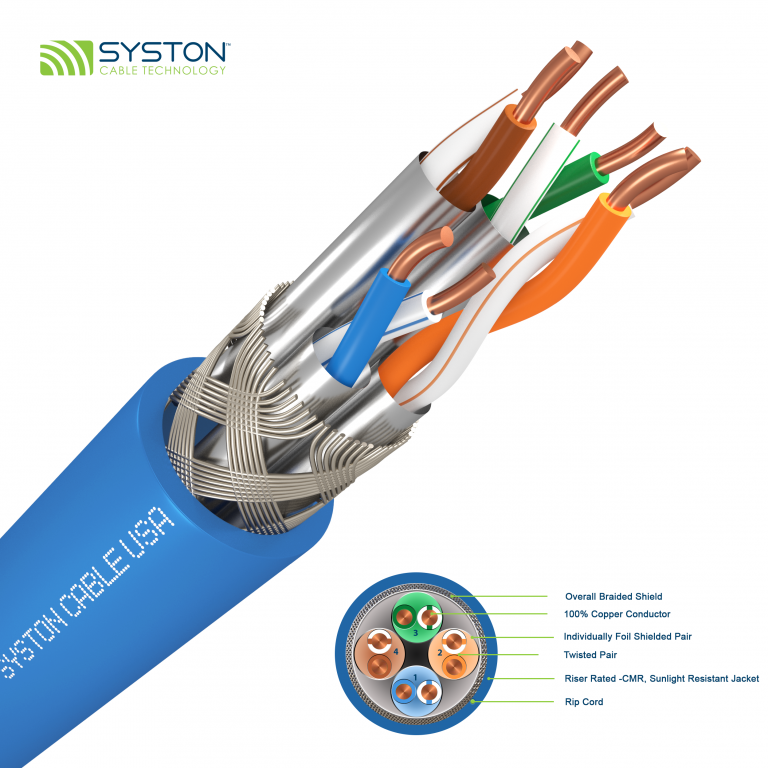
Cat plenum cables are Ethernet cables that have a special fire-resistant jacket made of high-quality PVC or Teflon, designed for use in the plenum spaces of buildings. These spaces are used for air circulation and can have higher oxygen levels, making them more susceptible to fire hazards. The plenum-rated cables are built to not only resist fire but also to emit less smoke and toxic fumes if they do catch fire.
Besides being fire-resistant, Cat plenum cables offer several other features that make them suitable for specific networking environments:
- High Performance: They are designed to provide exceptional performance in data transmission, ensuring stable and high-speed connections.
- Cost-Effectiveness: Despite a slightly higher initial cost, their durability and performance can offer long-term savings.
- Reduced Interference: The shielding in Cat plenum cables helps minimize electromagnetic interference, which is crucial for maintaining data integrity.
- Safety Standards: These cables adhere to strict safety fire standards, which is essential in building construction and maintenance.
- Chemical and Temperature Resistance: The materials used for the jacketing of plenum cables, such as low-smoke PVC or FEP, provide superior chemical resistance and a wide operating temperature range.
These features, combined with their fire-retardant qualities, make Cat plenum cables a reliable choice for use in air circulation spaces and other areas where enhanced safety measures are required
Which Cat Ethernet cable is best for you?
Most of the time the newest is always best but not always for you as the consumer! Case in point Cat 7A Plenum would be the best Ethernet cable on the market today (being 3/25/2024)
Then there is the price. The price of Cat 7 plenum will be the highest out of all of the cat ethernet family cables. Below is the price breakdown for each cable and examples with 1000ft reels.
Cat 7 plenum
Cat7 1000 FT | 750MHz | Cat7 Plenum | 23 AWG | 750MHz | S/FTP Cable | RoHS Compliant | Plenum Rated | Pure Copper Category 7 Shielded Ethernet Cable
Cat 7 Non Pleunuim
Cat 7 Outdoor Ethernet Bulk Cable 1000 FT With Tool Kits,Adoreen 10Gbps Heavy Shielded Internet Cable,24AWG Solid Copper,POE,UL CMR,S/FTP,Direct Burial&Indoor,Cat6A Cat7 Cat 6E Cat 6 Network RJ45 Cord
You can see already the price diffrence between plenum and non plenum.
So do you need Plenum cat ethernet cable?
Usallay you don’t need plenum cat ethernet cable unless your office is in a building that has fire codes for it and / or a lot of interfernce.
We suggest to use Cat 7 as techonelgy grows so does its bandwidth and wiring your home office or building takes time and money with professional installlers you find on IT Services Advisor. 🙂
If your looking ofr a professional installation of Cat 5, Cat 6 or Cat 7 ethernet cable get a free quote and estimate from some of our confirmed certified installation pros today with the link button below! Remember the more estimates the better.
Become a IT Service Advisor Pro
Are you a certified Cat5, Cat6 and Cat7 ethernet installler?
Sign up today and become a IT Service Advisor Pro today.


